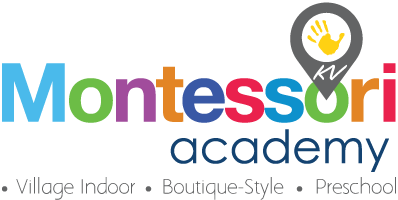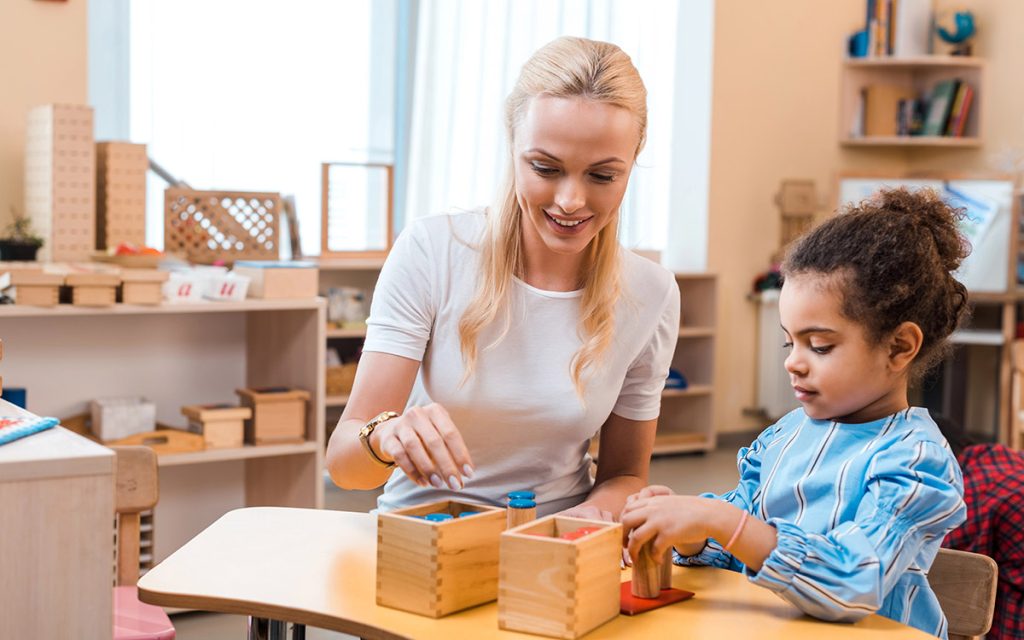Two Languages, One Confident Child: The Power of Early Bilingual Education
What if your child could learn two languages as naturally as they learn to walk? At KV Montessori Academy in Chula Vista, CA, bilingual education isn’t an add-on—it’s a core part of how we prepare young learners for a global future.
Research shows that children exposed to more than one language in early childhood develop stronger cognitive skills, better focus, and greater cultural awareness. At KV Montessori Academy, we combine this advantage with the Montessori philosophy to create confident, capable bilingual learners who thrive in every environment.
“Children are not just learning words—they’re learning to think, connect, and communicate across cultures.”
Why Bilingual Learning Begins Early at KV Montessori
The early years are the ideal time to introduce multiple languages. During the first six years of life, the brain is especially receptive to language input—making it easier for children to absorb vocabulary, grammar, and pronunciation with native-like ease.
At KV Montessori Academy, we provide a bilingual environment that is both Spanish and English.
- Integrates language naturally into daily lessons and routines
- Uses songs, stories, and conversation for immersive learning
- Encourages students to explore, ask questions, and self-correct
- Promotes equal fluency in both languages over time
We don’t separate learning into “language time” and “other subjects.” Language is embedded in practical life, sensory activities, and cultural exploration—just as Maria Montessori envisioned.
How the Montessori Method Enhances Language Learning
The Montessori approach gives children the freedom to learn at their pace, which is essential in a bilingual setting. Students are exposed to both languages, but they choose when and how to engage.
Here’s how Montessori principles support bilingual development:
- Hands-on materials allow children to associate words with tangible experiences
- Multi-age classrooms foster peer learning and language modeling
- Individualized guidance ensures children feel supported and not overwhelmed
- Real-world activities—like preparing snacks or gardening—make language relevant and useful
This method reduces pressure and allows children to build confidence in both languages without the fear of making mistakes.
“At KV Montessori, language isn’t taught—it’s lived.”
3. Benefits Beyond the Classroom
Bilingualism is a gift that goes far beyond academic achievement. Children at KV Montessori Academy develop:
- Improved memory and problem-solving skills
- Greater empathy and cultural awareness
- Enhanced executive function and attention control
- A lifelong love of language and communication
Plus, families in Chula Vista’s diverse community appreciate that bilingual education helps children feel more connected to their roots—and better prepared for the world ahead.
Conclusion: Two Languages. One Montessori Foundation. Endless Possibilities.
At KV Montessori Academy, we believe that every child deserves the chance to grow up curious, confident, and connected—in more than one language. Through immersive learning, individualized attention, and a joyful environment, we nurture students who are ready to think, speak, and lead in a bilingual world.
Located in the heart of Chula Vista, our academy welcomes families who value education that’s as global as it is grounded. Want to learn more? We invite you to schedule a tour and experience the KV difference firsthand.
FAQ: Bilingual Learning at KV Montessori Academy
What age do you begin introducing a second language?
Children are exposed to both English and Spanish from toddlerhood—starting as early as 18 months.
Will learning two languages at once confuse my child?
No. Research shows that early bilingualism enhances cognitive development without causing confusion.
Do children learn both languages equally?
We ensure a balanced bilingual experience. Although each child may possess a dominant language, we provide daily support for both.
Can non-Spanish-speaking families still enroll?
Absolutely! Many families speak only English at home—our environment supports all learners regardless of background.






